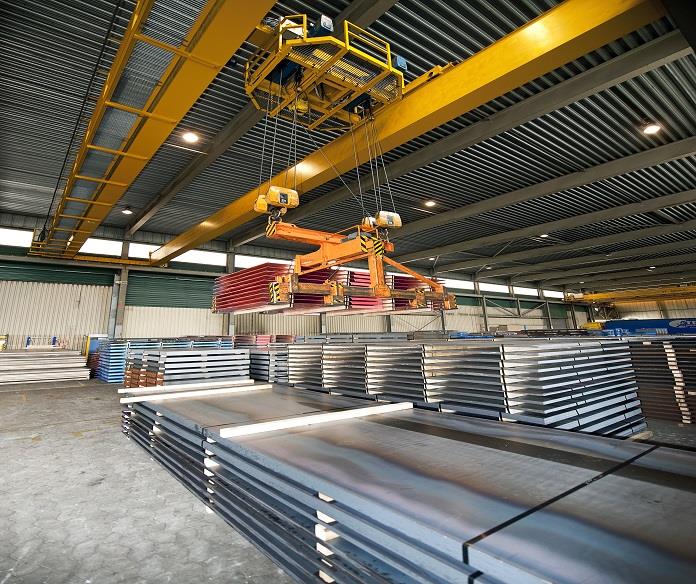What does it take to ensure safety in environments where the risk of falling or equipment failure is not just a possibility but a daily challenge? In industries where overhead cranes operate, and workers perform tasks at great heights, specialized training isn't just beneficial—it's essential. This article examines two critical training courses, Overhead Crane Training and Working at Heights Course, highlighting their significance in fostering a culture of safety and competence.

Essentials of Overhead Crane Training
In the realm of heavy machinery operation, Overhead Crane Training stands out as a cornerstone of industrial safety. This training equips operators with the knowledge and skills to handle massive loads safely and efficiently. Learning about load dynamics, preventive maintenance, and crane mechanics is essential for reducing the chance of mishaps and guaranteeing a secure workplace. The training also emphasizes the importance of regular inspections and adherence to safety regulations, ensuring that each lift is conducted safely.
Understanding Crane Safety and Maintenance
A major part of Overhead Crane Training involves understanding and implementing rigorous safety checks and maintenance routines. Operators are taught to inspect cranes before and after use, recognizing signs of wear and potential mechanical failures. Preventing incidents that may result in serious injuries or expensive damages requires proactive maintenance.
Height Safety: More than Just Equipment
Although it's simple to concentrate on the technical components of operating at heights, it's just as crucial to comprehend the human dynamics at play. This involves evaluating an employee's physical and mental preparedness for working at heights to make sure they can concentrate on their work without experiencing undue stress or anxiety.
Mastering the Working at Heights Course
The Working at Heights Course is designed to prepare workers for the challenges of operating safely in elevated environments. Practical skills including risk assessment, emergency protocols, and the proper use of personal protective equipment (PPE) are all part of training. This training makes sure that employees have the right tools and know how to use them properly by going over both the theoretical and practical sides of height safety.
In conclusion, both Overhead Crane Training and the Working at Heights Course are indispensable in industries where the stakes are high and safety margins are slim. These training programs are vital for maintaining safety standards, enhancing efficiency, and protecting workers from potential hazards. For companies committed to safeguarding their employees and ensuring operational excellence, resources and courses available at Safetyfirsttraining.ca provide an excellent starting point. By investing in comprehensive safety training, businesses can foster a safer workplace and a more prepared workforce.
Our website is a great place to start for more information.
overhead crane operator certification
Comments
Post a Comment